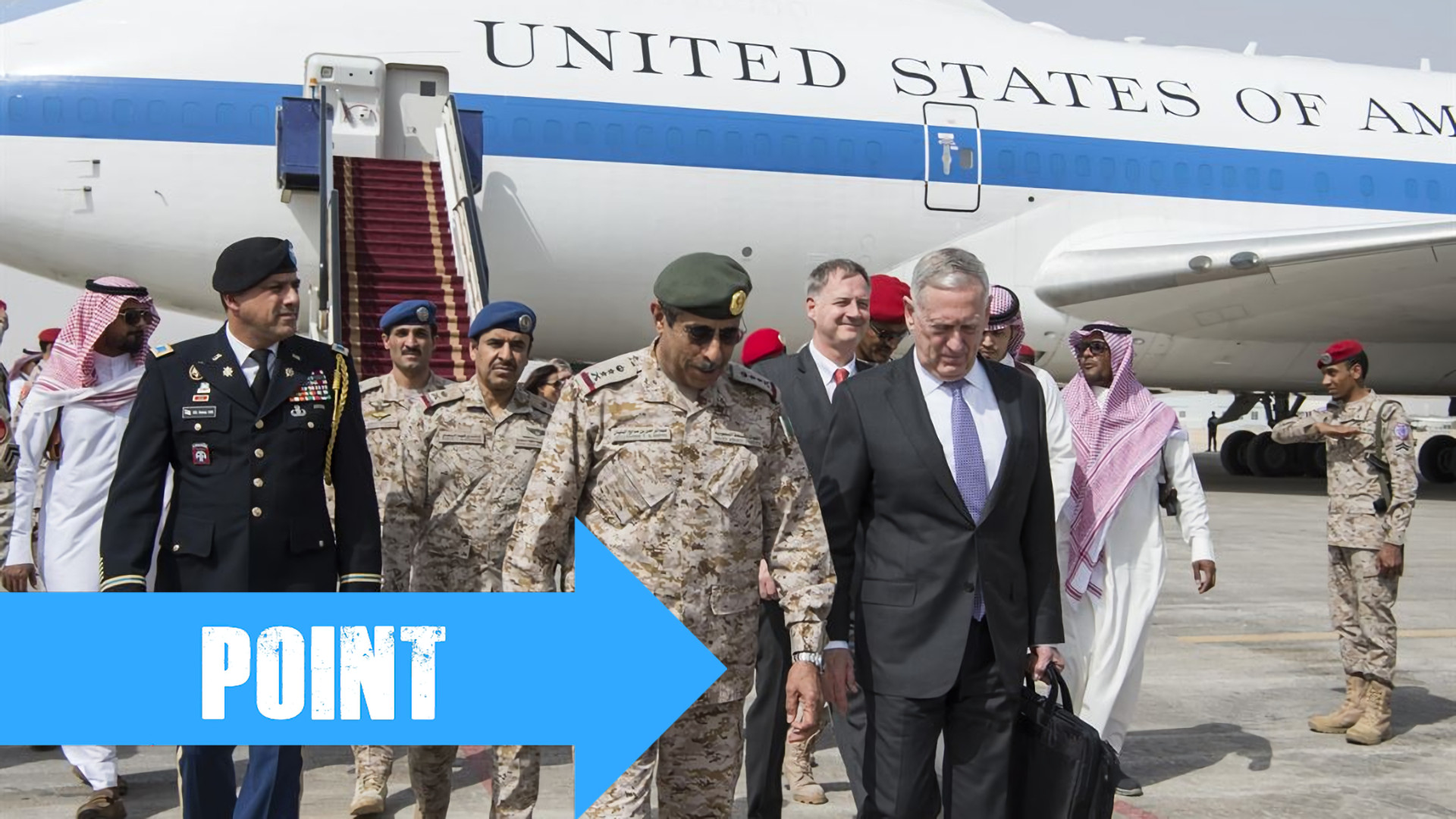
Time to Retrench in the Middle East?
By Gregory F. Treverton
NOTE: The views expressed here are those of the authors and do not necessarily represent or reflect the views of SMA, Inc.
The bizarre, brutal killing of Jamal Khashoggi in the Saudi consulate in Istanbul is an occasion for rethinking U.S. policy toward the region. Perhaps, after the carnage Saudi Arabia and its allies have inflicted in Yemen, we should not have been so surprised at the brazen brutality. Yet whatever the truth turns out to be, the Saudi Crown Prince, Mohammed bin Sultan, MBS in usual shorthand, is a lame duck.
Years ago, I did a paper asking what if we took the future, as best we could see it, seriously. If we did, what would we do differently now? Climate change was an easy call, but Saudi Arabia was not: administration after administration has known that Saudi Arabia is more medieval than modern, and that an alliance with it is a deeply unnatural act for an America that aspires to democracy even our actions often belie our ideals. Administrations have held their noses, fearing the end would be worse than the fact: yes, the alliance must end but not yet. Only Trump seems to like the smell of autocracy and rule by force, not consent. Yet despite him, perhaps “yet” has come.
The Saudi’s double game: embracing Islamic extremism, in the form of Wahhabism, in the hope of buying some safety at home has directly fed the creation of Al Qaeda, then ISIS. It is not just that almost all the 9/11 hijackers were Saudis. Fareed Zakaria, using a Kings College, London analysis, reckoned that 94 percent of terrorist deaths were attributable to ISIS, Al Qaeda and other Sunni jihadists. For him, “almost every terrorist attack in the West has some connection to Saudi Arabia.” Almost none can, by contrast, be tracked back to Iran.
Oil was a powerful reason for America to hold is collective nose and make nice to Saudi Arabia. That is less the case now. To be sure, oil remains a global commodity, and so talk of U.S. “energy independence” was and remains a bad bumper-sticker: prices will be determined by global supply and demand, not by how much the United States produces. That said, the United States now exports oil, and so the oil weapon looms less large in thinking about the greater Middle East.
Mr. Trump touts defense contracts and jobs as a reason for dealing with Saudi Arabia. That sidesteps the moral question of how much the United States is prepared to be involved with a regime that murdered Khashoggi and carpet bombs Yemen. More practically, he cites numbers for U.S. arms sales to Saudi Arabia—over $500 billion, for example—that seem simply pulled out of thin air. The real number so far is in the tens of billions, and most of those were negotiated by previous administrations.
Beyond Saudi Arabia, the United States has precious little to show for all the blood and treasure it has expended in the region. Measuring money costs is tricky because it depends of what is included, but in any case, the cost of the wars in Afghanistan and Iraq is measured in the trillions of dollars. By 2016, the direct appropriations for the wars had totaled almost two trillion dollars and including State Department and DHS spending associated with the wars, plus Veterans Administration care for returned soldiers, pushed the estimate to close to five trillion.
The money costs are sad, but the human cost is tragic. In Afghanistan between 2001 and 2014, the Pentagon reported 2,346 military deaths and a total of 20,095 injured. For Iraq, the numbers between 2003 and 2010 were 4,424 U.S. dead and 31,957 injured. Government estimates suggest that 11 percent of those who served in Afghanistan and 20 percent of those who served in Iraq come home with PTSD. The real tragedy is that the American lives lost or ruined in those wars would have been better saved for real national necessity, not a “war of choice” in Iraq, in Richard Haass’ phrase.
Einstein is usually given credit for the line that “insanity is doing the same thing over and over again and expecting different results.” Alas, that seems all to fitting a commentary on America’s approach to the Middle East. Sending more troops to Iraq, the famous U.S. “surge,” worked until it didn’t. The recent U.S. deaths in Afghanistan are a reminder that the country still conducts the same kinds of operations there that it did when he had many times the numbers of troops. By now, two lessons should be clear: the United States can’t produce decent government, let alone democracy, in Middle East war zones, and it cannot defeat an insurgency without such a credible government.
This seems the moment to reframe the U.S. relationship with Saudi Arabia and to retrench elsewhere in the region. But rethinking and retrenching doesn’t mean abandoning. Israel remains secure; indeed, one of the paradoxes of the current Middle East is that the old center—Israel, Egypt, Palestine—is now overshadowed by countries on the periphery, Saudi Arabia, Iran and Turkey. Our putative foe, Iran, is in economic free-fall, and Turkey is playing a dangerous game, seeking to bait and embarrass Saudi Arabia but without provoking a confrontation.
Reframing would mean dealing at arms’ length with Riyadh. The United States would be much more forthright in calling out Saudi transgressions; arms sales might continue but with hard and detailed conversations about how the arms would be used, and where. Elsewhere in the region, the watchword would be not to throw good money after bad. To change the metaphor, alas, spilt blood is spilt, and any military engagements should be viewed critically, asking whether they are truly essential to America’s national security.